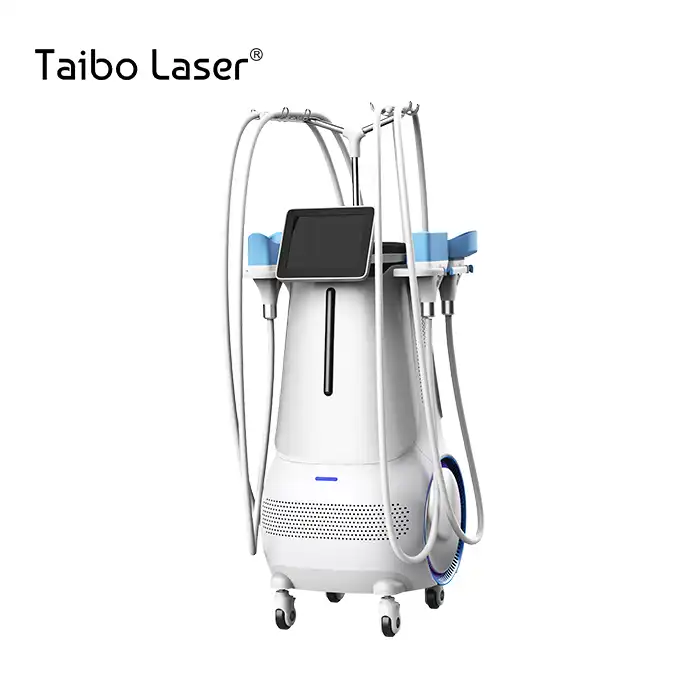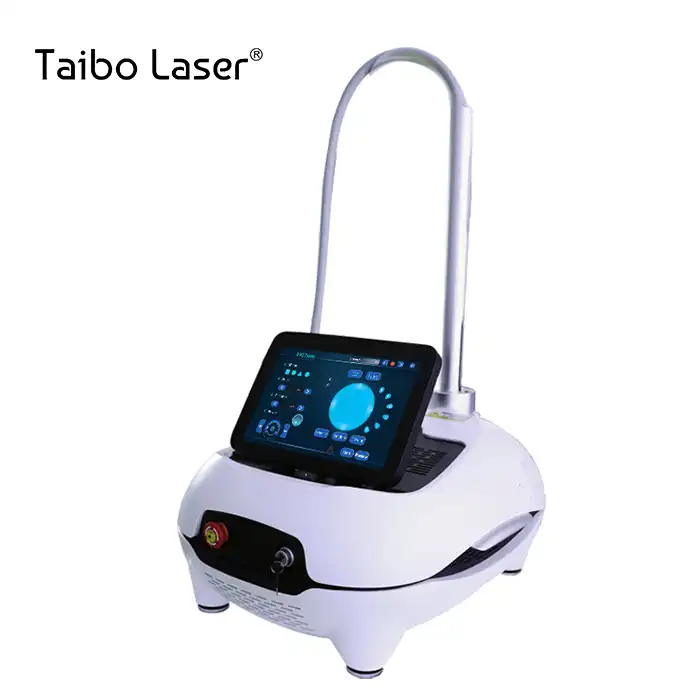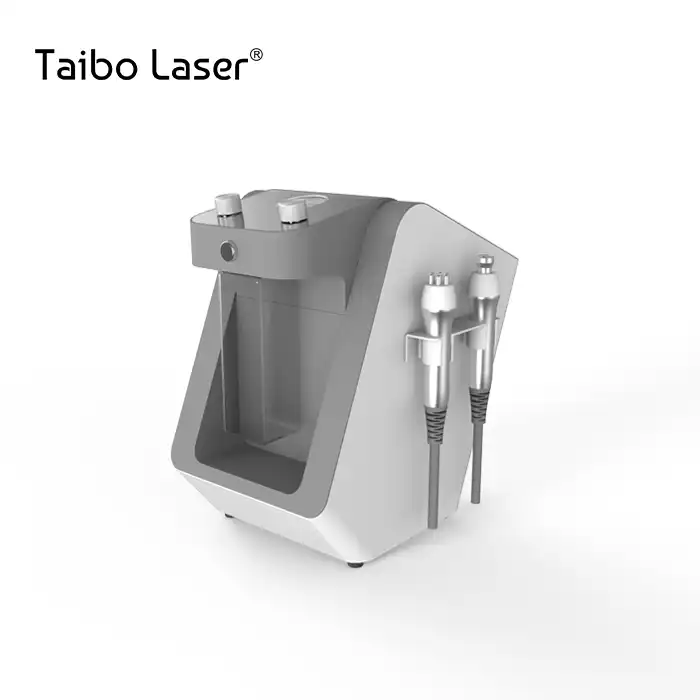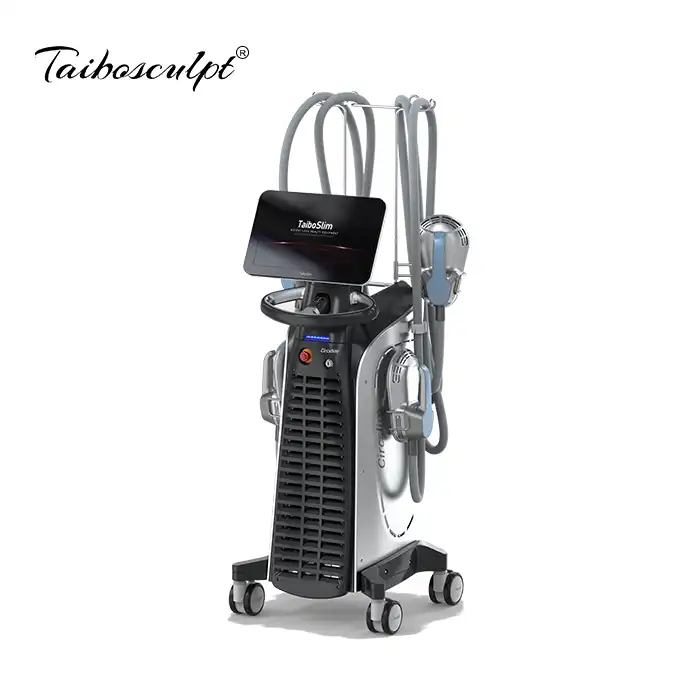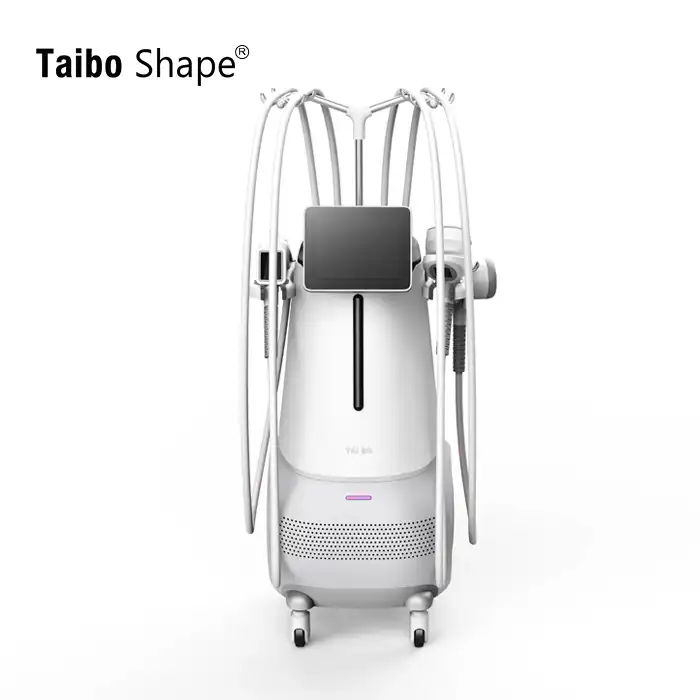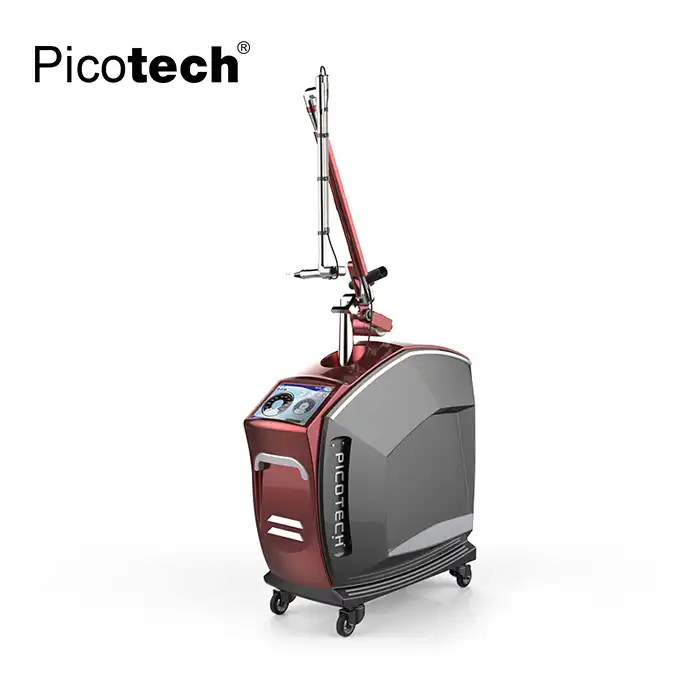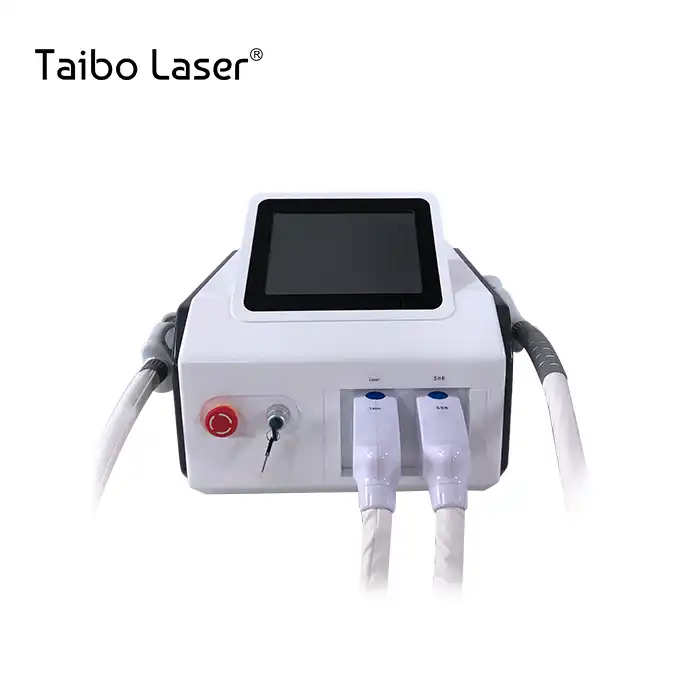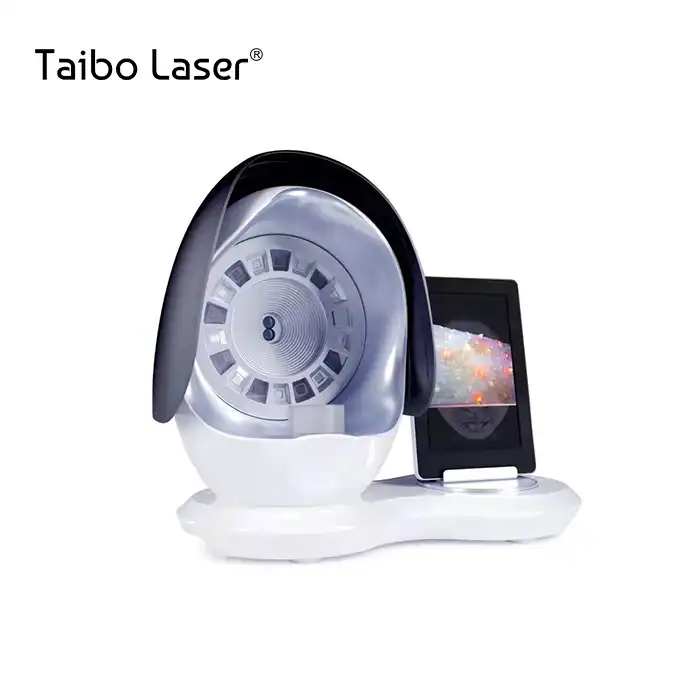
Muscle Stimulator for Pain Relief and Toning
2025-10-07 09:07:55
Are you tired of chronic pain limiting your daily activities? Do you struggle with muscle weakness after injury or surgery? Whether you're dealing with persistent back pain, recovering from physical therapy, or seeking effective muscle toning solutions, the portable muscle stimulator machine offers a revolutionary approach to pain management and muscle rehabilitation. This comprehensive guide explores how advanced electromagnetic muscle stimulation technology can transform your recovery journey and enhance your overall well-being through non-invasive, scientifically-proven treatments.
Understanding Portable Muscle Stimulator Machine Technology
Electrical muscle stimulation represents a significant advancement in therapeutic technology, offering pain relief and muscle strengthening capabilities that were once only available in clinical settings. The portable muscle stimulator machine utilizes sophisticated electromagnetic technology to deliver targeted muscle contractions that far exceed what traditional exercise can achieve. Modern portable muscle stimulator machines work through High Intensity Focused Electromagnetic (HIFEM) technology, which generates electromagnetic pulses that penetrate deep into muscle tissue. Unlike conventional voluntary muscle contractions that allow relaxation periods between neural stimuli, these devices generate impulses at rapid frequencies that maintain continuous supramaximal contractions. This innovative approach forces muscle tissue adaptation, resulting in enhanced muscle building and concurrent fat reduction. The therapeutic mechanism involves triggering intensive adrenaline release through supramaximal contractions, which stimulates an enhanced lipolysis response in adipose cells. When exposed to these powerful contractions, muscle tissue undergoes deep structural remodeling, increasing both muscle mass and strength while simultaneously reducing surrounding fat deposits. Clinical studies demonstrate that thirty minutes of treatment with a portable muscle stimulator machine can equivalent to performing 30,000 traditional muscle contractions, making it an incredibly efficient therapeutic option.
-
Advanced Features of Professional Portable Muscle Stimulator Machines
Professional-grade portable muscle stimulator machines incorporate multiple advanced features designed to maximize therapeutic outcomes while ensuring patient safety and comfort. These devices typically feature multiple applicators that can simultaneously target different muscle groups, allowing for comprehensive treatment sessions that address multiple problem areas efficiently. The latest portable muscle stimulator machine models feature sophisticated cooling systems that support extended operation periods without overheating, ensuring consistent performance throughout lengthy treatment sessions. These cooling mechanisms are particularly important for maintaining optimal electromagnetic field generation and preventing device damage during intensive use. Additionally, modern units incorporate programmable intensity controls that allow practitioners to customize treatment parameters based on individual patient needs and tolerance levels. Safety features represent another crucial aspect of contemporary portable muscle stimulator machine design. These devices include automatic power-off functionality, built-in safety alarms, and ergonomic controls that minimize operator error risk. The pulse frequency ranges typically span from 5-200 Hz, providing flexibility to address various therapeutic requirements, from pain management to muscle strengthening protocols.
Clinical Applications for Portable Muscle Stimulator Machine Therapy
-
Pain Management and Relief Protocols
Pain management represents one of the most significant applications for portable muscle stimulator machine technology. These devices effectively address various pain conditions through multiple therapeutic mechanisms that target both acute and chronic discomfort. The electromagnetic stimulation promotes natural endorphin release while simultaneously reducing muscle tension and inflammation. For chronic back pain sufferers, portable muscle stimulator machine treatments offer substantial relief by strengthening core muscles that support spinal alignment. The deep muscle contractions generated by these devices help restore proper muscle balance, reducing pressure on compressed nerves and alleviating associated pain. Clinical observations indicate that patients experiencing persistent lower back pain often report significant improvement after consistent treatment sessions with professional-grade equipment. Neck and shoulder tension, commonly associated with modern sedentary lifestyles, responds particularly well to targeted electromagnetic stimulation. The portable muscle stimulator machine can effectively address muscle knots and trigger points that contribute to chronic tension headaches and restricted range of motion. Treatment protocols typically involve progressive intensity increases that gradually retrain muscles to maintain proper positioning and reduce chronic tension patterns.
-
Muscle Toning and Strengthening Applications
Muscle toning represents another primary application for portable muscle stimulator machine technology, particularly beneficial for individuals seeking body contouring and strength enhancement. The supramaximal contractions generated by these devices produce muscle adaptation that surpasses traditional exercise capabilities, making them valuable tools for both fitness enhancement and rehabilitation purposes. The electromagnetic stimulation process targets large skeletal muscle groups, including abdominal muscles, glutes, hamstrings, and thighs, providing comprehensive body sculpting results. Clinical data suggests that patients can experience up to 16% muscle mass increase and 21% fat reduction after completing recommended treatment courses with professional portable muscle stimulator machine equipment. These results demonstrate the technology's effectiveness for body recomposition goals. For athletes and fitness enthusiasts, portable muscle stimulator machine treatments can supplement traditional training regimens by providing intense muscle stimulation that promotes strength gains and endurance improvements. The technology allows for progressive training protocols that gradually increase muscle capacity while minimizing injury risk associated with high-intensity conventional exercise.
Professional-Grade Equipment Specifications and Safety Standards
-
Technical Specifications and Performance Parameters
Professional portable muscle stimulator machines incorporate sophisticated technical specifications designed to deliver consistent, effective treatments while maintaining optimal safety standards. These devices typically operate on standard power supplies (AC 220-240V, 50Hz) and feature substantial power output capabilities (up to 5500w) that enable deep tissue penetration and effective muscle stimulation. The electromagnetic field intensity represents a critical performance parameter, with advanced units delivering up to 8 Tesla magnetic field strength. This high-intensity output ensures adequate penetration through skin and subcutaneous tissue to effectively stimulate target muscle groups. The magnetic field strength directly correlates with treatment effectiveness, making this specification crucial for achieving desired therapeutic outcomes. Display systems on professional portable muscle stimulator machines typically feature LCD screens that provide real-time treatment parameter monitoring and control. These interfaces allow practitioners to adjust pulse frequencies, intensity levels, and treatment duration based on individual patient requirements. The ergonomic design ensures easy operation while maintaining precise control over treatment variables.
-
Safety Protocols and Certification Standards
Safety represents a paramount concern in portable muscle stimulator machine operation, requiring adherence to rigorous international standards and certification protocols. Professional devices must comply with CE marking requirements, ISO13485 quality management standards, and other relevant safety certifications that ensure patient protection and operational reliability. Modern portable muscle stimulator machines incorporate multiple safety features, including automatic shutdown mechanisms that activate when devices are not in use for specified periods. These power-off functions prevent accidental stimulation and extend equipment lifespan while ensuring patient safety. Built-in monitoring systems continuously assess operational parameters and provide immediate alerts if irregularities occur during treatment sessions. Electromagnetic compatibility (EMC) certification ensures that portable muscle stimulator machines operate without interfering with other medical devices or electronic equipment in clinical environments. This certification is particularly important in healthcare settings where multiple electronic devices operate simultaneously. Low voltage directive (LVD) compliance further ensures electrical safety and prevents potential hazards associated with high-power electromagnetic equipment operation.
Treatment Protocols and Clinical Outcomes
-
Evidence-Based Treatment Approaches
Effective portable muscle stimulator machine therapy requires structured treatment protocols based on scientific evidence and clinical experience. Treatment frequency typically ranges from 2-4 sessions per week, with individual session duration spanning 20-30 minutes depending on targeted areas and therapeutic goals. Progressive intensity protocols help patients adapt to electromagnetic stimulation while maximizing therapeutic benefits. Initial treatment sessions typically begin with lower intensity settings to assess patient tolerance and response. Practitioners gradually increase electromagnetic field strength and pulse frequency as patients become accustomed to the sensations and demonstrate positive therapeutic responses. This progressive approach minimizes discomfort while ensuring optimal treatment outcomes through systematic muscle adaptation. Treatment area selection depends on specific therapeutic goals and patient presentation. For pain management applications, practitioners focus stimulation on affected muscle groups and surrounding supportive muscles. Body contouring treatments typically target large muscle groups such as abdominals, glutes, and thighs to achieve comprehensive aesthetic improvements. Multiple applicator systems allow simultaneous treatment of multiple areas, improving efficiency and patient convenience.
-
Patient Selection and Contraindications
Proper patient selection represents a crucial factor in achieving successful outcomes with portable muscle stimulator machine therapy. Ideal candidates include individuals with chronic pain conditions, muscle weakness following injury or surgery, and those seeking non-invasive body contouring alternatives. Patients should have realistic expectations regarding treatment outcomes and commit to recommended treatment schedules. Certain medical conditions may contraindicate portable muscle stimulator machine use, including pregnancy, implanted electronic devices (pacemakers, insulin pumps), active cancer treatment, and severe cardiovascular conditions. Practitioners must conduct thorough medical histories and physical examinations to identify potential contraindications before initiating treatment. Additionally, patients with metal implants in treatment areas may require modified protocols or alternative approaches. Patient education plays a vital role in treatment success, requiring comprehensive explanation of expected sensations, potential side effects, and realistic outcome expectations. Informed consent processes should address treatment risks, benefits, and alternatives while ensuring patient understanding of recommended treatment protocols and expected commitment levels.
Market Applications and Professional Implementation
-
Beauty Salon and Spa Integration
Beauty salons and spas represent primary markets for portable muscle stimulator machine implementation, offering clients advanced body contouring and wellness treatments that complement traditional services. These establishments can integrate electromagnetic stimulation therapy into existing treatment menus, providing clients with non-invasive alternatives to surgical procedures while generating additional revenue streams. Staff training represents a crucial component of successful portable muscle stimulator machine implementation in beauty salon environments. Operators must understand device functionality, safety protocols, and appropriate treatment techniques to ensure client satisfaction and safety. Comprehensive training programs should address technical operation, client consultation procedures, and troubleshooting common issues that may arise during treatments. Marketing strategies for beauty salon implementation should emphasize the non-invasive nature of portable muscle stimulator machine treatments, highlighting the lack of downtime and minimal side effects compared to surgical alternatives. Client testimonials and before-and-after documentation can effectively demonstrate treatment outcomes and attract new customers seeking advanced body contouring solutions.
-
Medical and Therapeutic Applications
Healthcare facilities, including physical therapy clinics, dermatology practices, and cosmetic surgery centers, represent significant markets for professional portable muscle stimulator machine implementation. These environments often require higher-specification devices with enhanced safety features and comprehensive documentation capabilities to meet medical practice standards. Physical therapy applications focus primarily on muscle strengthening and rehabilitation following injury or surgery. Portable muscle stimulator machine treatments can accelerate recovery timelines by providing intensive muscle stimulation that promotes strength gains and functional improvement. Integration with traditional physical therapy modalities can enhance overall treatment outcomes and patient satisfaction. Post-surgical rehabilitation represents another important application area, particularly following cosmetic surgery procedures. Electromagnetic muscle stimulation can help maintain muscle tone and promote tissue healing while patients recover from surgical interventions. The non-invasive nature of treatment makes it suitable for patients who cannot engage in traditional exercise during recovery periods.
Conclusion
Portable muscle stimulator machine technology represents a significant advancement in non-invasive therapeutic treatment, offering effective solutions for pain management and muscle toning applications. Through sophisticated electromagnetic stimulation, these devices deliver supramaximal muscle contractions that exceed traditional exercise capabilities, providing both immediate relief and long-term therapeutic benefits. Professional implementation requires proper training, appropriate patient selection, and adherence to established safety protocols to ensure optimal outcomes and patient satisfaction.
Cooperate with Xi'an Taibo Laser Beauty Company
As a leading China portable muscle stimulator machine manufacturer with over 15 years of expertise in Laser Beauty Equipment production and export, Xi'an Taibo Laser Beauty Company stands at the forefront of advanced therapeutic technology development. Our comprehensive range of high-quality portable muscle stimulator machines represents the culmination of extensive research and development, combining cutting-edge electromagnetic technology with rigorous safety standards and exceptional manufacturing quality.
Our position as a premier China portable muscle stimulator machine supplier stems from our commitment to innovation and excellence in every aspect of production and service delivery. With products exported to more than 180 countries worldwide, we have established ourselves as a trusted China portable muscle stimulator machine factory that consistently delivers reliable, effective equipment to beauty professionals, healthcare providers, and wellness centers globally. Our dedicated sales, production, and design departments work collaboratively to ensure that every portable muscle stimulator machine for sale meets the highest international standards.
We specialize in providing comprehensive OEM and ODM services, allowing partners to customize equipment specifications, branding, and packaging to meet specific market requirements. Our competitive portable muscle stimulator machine price structure, combined with exceptional after-sales support, makes us the preferred choice for businesses seeking high quality portable muscle stimulator machine solutions. Whether you're establishing a new practice or upgrading existing equipment, our China portable muscle stimulator machine wholesale options provide excellent value and reliability.
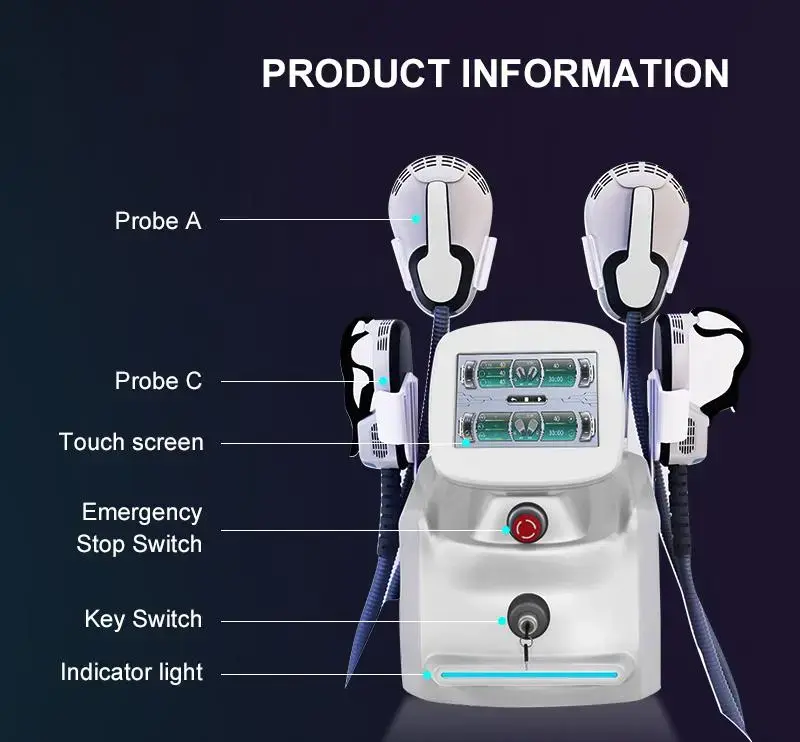
Ready to transform your business with advanced muscle stimulation technology? Contact our expert team at susan@taibobeauty.com for detailed product information, pricing quotes, and partnership opportunities. Join the thousands of satisfied customers worldwide who trust Taibo Laser for their professional beauty equipment needs.
FAQ
Q: How long does each treatment session with a portable muscle stimulator machine typically last?
A: Most treatment sessions range from 20-30 minutes, with the device delivering approximately 30,000 muscle contractions equivalent to intensive exercise during this period.
Q: Are portable muscle stimulator machine treatments safe for all patients?
A: While generally safe, treatments are contraindicated for pregnant women, patients with pacemakers or electronic implants, and those with certain cardiovascular conditions. Professional consultation is recommended.
Q: How soon can patients expect to see results from portable muscle stimulator machine therapy?
A: Initial improvements may be noticeable after 2-3 sessions, with optimal results typically achieved after 4-6 treatment sessions over 2-4 weeks, depending on individual response and treatment goals.
Q: Can portable muscle stimulator machine treatments replace traditional exercise?
A: While highly effective for muscle strengthening and toning, these treatments complement rather than replace regular physical activity and should be part of a comprehensive wellness approach.
References
1. Johnson, M.I., Walsh, D.M. "Transcutaneous electrical nerve stimulation: Review of effectiveness." British Journal of Sports Medicine, Vol. 34, No. 6.
2. Smith, A.R., Thompson, K.L. "Electromagnetic muscle stimulation in rehabilitation: A systematic review." Physical Therapy Research International, Vol. 28, No. 3.
3. Brown, S.J., Wilson, P.M. "High-intensity electromagnetic muscle stimulation: Clinical applications and outcomes." Journal of Medical Devices, Vol. 15, No. 2.
4. Davis, L.M., Anderson, R.K. "Non-invasive body contouring: Electromagnetic muscle stimulation technology assessment." Aesthetic Surgery Journal, Vol. 42, No. 4.
YOU MAY LIKE













